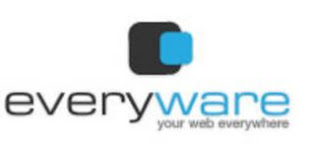Much debate still remains between traditional artists and the internet based artists that focus on digital art and literature. The two biggest arguments against digital art and digital literature is that there is no original and the work doesn't have the same heart and soul of something that is done by hand with traditional methods. When it comes to those who work on modern computers, after all their work there is nothing left except digital copies or recordings of the work. The truth of the matter is that whether digital or traditional they are all works of art and neither has more value. Both digital and traditional forms of art and literature deserve their own individual recognition because of the producers hard earned efforts that went into creating the work. Therefore, it comes down to a personal decision as to whether you prefer digital over traditional and the value you place on each.
There are many benefits to digital literature and art. Digital literature and art is making many materials more accessible to the masses and allows older texts to be around much longer without the need for careful preservation and many of the digital forms of literature and art are free so that everyone can enjoy them. Digital art and literature are good for the visually impaired and can be easily searchable to find exactly what you are looking for. For this reason many are embracing the world of digital art and literature. However, there are still many other individuals who view digital art and literature as a setback. There are those who think digital literature is taking away from the experience of holding a paper copy in your hands and that it eliminates certain senses involved in the reading experience. Others view digital art as less personal than regular art because it lacks certain characteristics of hand drawn art. The one thing that you can be sure of is that digital art and literature is opening many more avenues than every before.



